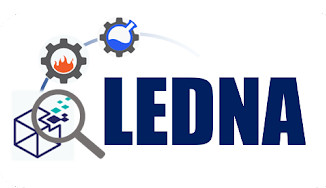The PEMFC95 Project aims to meet the needs of heavy mobility (trains, trucks, buses), which requires proton exchange membrane fuel cells (PEMFC) capable of delivering higher powers than with current systems, while being more durable and less expensive. The PEMFC95 project aims to meet these objectives by developing PEMFCs that can operate at a stabilized temperature of 95°C (compared to 80°C in current systems). This increase in temperature should also make it possible to supply the PEMFCs with less pure hydrogen with an equivalent yield. The performances will be demonstrated first on the scale of a 25 cm² single-cell then on a mini-stack operating under operating conditions such as “European automotive conditions”.
At the materials level, research aims to design, develop and characterize PEMFC core materials (anode and cathode electrocatalysts, membrane and ionomer) that are more robust and capable of operating sustainably at a temperature of 95°C. The development of new materials for PEM type batteries is a necessity to improve the power density provided, reduce the cost of materials and the price of the system. PEMFCs suffer from problems related to the distribution of liquid water inside the cell, and in particular in its porous layers. Microporous is one of the porous layers whose role is to optimize this water distribution. Developing a new microporous structure can provide additional information on the parameters influencing water management in the cell, and also provide a way to improve the performance of the cell.
In this context, the CEA departments of IRAMIS (Saclay) and Hydrogène pour les transports (LITEN-DEHT Grenoble) are collaborating on the development of optimized and innovative GDL (gas diffusion layers) based on carbon nanotubes, more adapted to the conditions of defined operation. Aligned CNT mats have indeed demonstrated their effectiveness as a microporous layer [1]. As part of a thesis subject, we propose to continue the development of these diffusion layers integrating CNTs for their interest in terms of oxidation stability and hydrophobicity by producing microporous layers with variable porosity. The objective is to replace them with GDL while improving the understanding of its role and, in general, of transport phenomena in a PEMFC core.
The CNT-based material will be produced at CEA IRAMIS, several shaping routes will be explored for the production of microporous layers with variable porosities by producing carbon nanotube papers by liquid process from VACNT mats developed by CVD at NIMBE/LEDNA.

https://www.pepr-hydrogene.fr/projets/pemfc95
PhD thesis of G. Donadey




